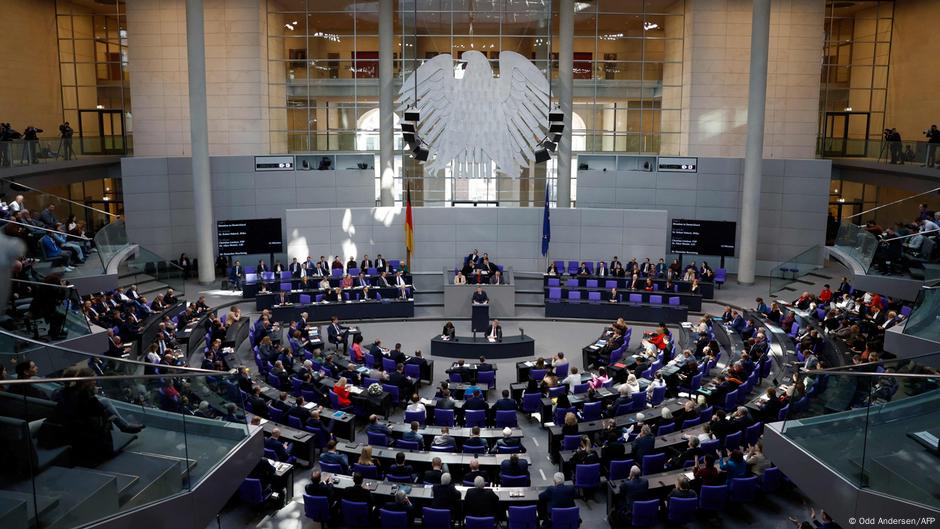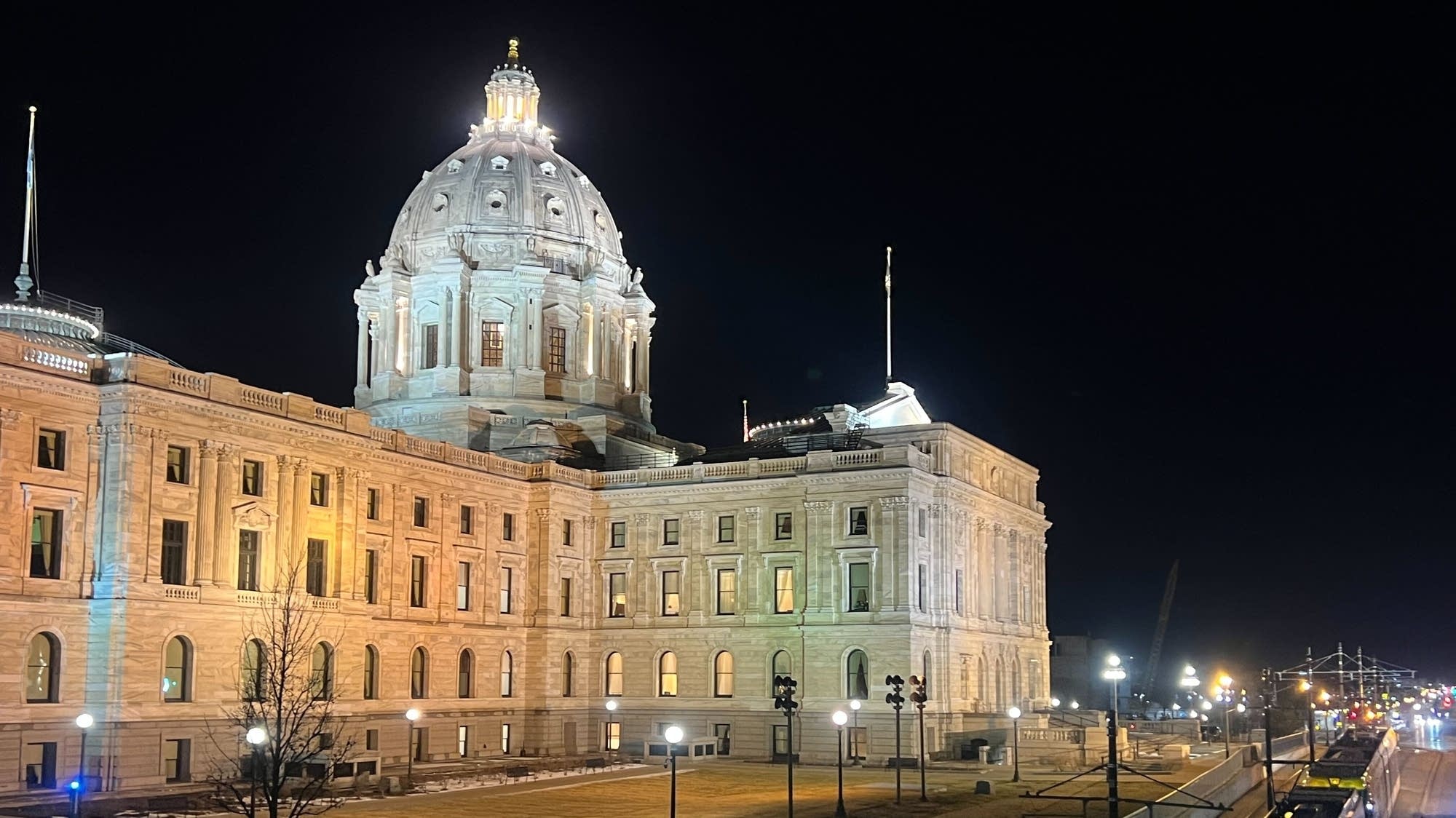Redistricting Showdown: Louisiana's Map Battle Heads to Supreme Court Despite State's Exhaustion
Politics
2025-03-24 09:00:53Content

In a high-stakes legal showdown, the Supreme Court is set to dive into a complex and contentious dispute over Louisiana's congressional district map, a case that could potentially reshape how states approach racial considerations in electoral redistricting nationwide.
The hearing, scheduled for Monday, promises to unravel a intricate legal battle that has been simmering for years. At the heart of the controversy lies a critical question: How should race factor into the drawing of congressional district boundaries?
This landmark case goes beyond Louisiana's borders, carrying significant implications for electoral representation across the United States. The Supreme Court's decision could set a precedent that fundamentally alters the landscape of political mapmaking, potentially influencing how states balance racial demographics and political representation in future redistricting efforts.
Legal experts and civil rights advocates are watching closely, understanding that the outcome could have far-reaching consequences for minority voting rights and the democratic process. The case represents a nuanced exploration of constitutional principles, racial equity, and the complex art of drawing electoral districts.
Race, Representation, and Redistricting: The Supreme Court's Pivotal Congressional Mapping Showdown
In the intricate landscape of American electoral politics, few issues spark as much controversy and constitutional debate as the complex process of drawing congressional districts. The upcoming Supreme Court hearing represents a critical moment that could fundamentally reshape how states approach racial considerations in electoral mapping, potentially setting a precedent with far-reaching implications for democratic representation nationwide.Unraveling the Complex Threads of Electoral Justice
The Constitutional Crossroads of Racial Representation
The Supreme Court's impending examination of Louisiana's congressional district configuration represents more than a mere legal technicality. It strikes at the heart of a profound constitutional dilemma: how can electoral boundaries be drawn to ensure fair representation while navigating the delicate terrain of racial demographics? Legal experts have long grappled with this nuanced challenge, recognizing that district mapping is not just a geographical exercise but a complex sociopolitical negotiation. Historically, redistricting has been a battleground where racial dynamics intersect with political strategy. The Louisiana case epitomizes this intricate dance, where each line drawn can potentially amplify or diminish the electoral voice of minority communities. Constitutional scholars argue that the court's decision could establish a landmark precedent that redefines the interpretation of voting rights and representational equity.The Geopolitical Anatomy of District Boundaries
Louisiana's current congressional map has become a focal point of intense legal scrutiny, revealing the multifaceted challenges of creating truly representative electoral districts. The state's demographic composition presents a complex puzzle, where historical patterns of segregation and contemporary population dynamics collide. Experts suggest that the current district configuration may inadvertently dilute the political influence of African American voters, raising critical questions about the fundamental principles of democratic representation. The Supreme Court's deliberation will likely explore intricate legal precedents, examining how racial considerations can be balanced with constitutional mandates. This is not merely a local issue but a microcosm of broader national challenges in ensuring equitable political participation across diverse communities.Technological and Demographic Dimensions of Redistricting
Modern redistricting has been revolutionized by advanced geospatial technologies and sophisticated data analytics. Geographic Information Systems (GIS) and complex algorithmic models now enable unprecedented precision in mapping electoral boundaries. However, this technological sophistication introduces new ethical and legal complexities. The Louisiana case illuminates how technological capabilities intersect with constitutional principles. Data-driven approaches offer potential solutions for creating more representative districts, but they also raise profound questions about algorithmic bias and the potential for manipulative gerrymandering. The Supreme Court's ruling could establish critical guidelines for how technology can be ethically deployed in the redistricting process.National Implications and Future Electoral Landscapes
While the immediate focus is on Louisiana, the potential ramifications of this Supreme Court hearing extend far beyond state boundaries. Legal experts anticipate that the court's decision could establish a transformative framework for how states nationwide approach racial considerations in electoral mapping. The case represents a critical moment in the ongoing evolution of American democratic processes. It challenges policymakers, legal professionals, and citizens to reimagine representation in an increasingly diverse and complex social landscape. The outcome could potentially recalibrate the delicate balance between protecting minority voting rights and maintaining the integrity of electoral systems.Broader Constitutional and Social Context
This legal battle transcends technical cartographic considerations, touching upon fundamental principles of democratic participation. It reflects broader societal conversations about equity, representation, and the ongoing work of realizing the constitutional promise of equal political representation. The Supreme Court's deliberation symbolizes a critical intersection of legal interpretation, social justice, and democratic ideals. As the nation watches, the potential ruling promises to offer profound insights into the complex mechanisms that sustain and challenge American democratic institutions.RELATED NEWS
Politics

Funding Fallout: Trump White House Pulls $400M from Columbia's Research Coffers
2025-03-07 18:32:29
Politics

Diplomatic Diplomacy? Trump Claims Global Leaders Are Eager to Negotiate After Tariff Threats
2025-04-09 11:43:45
Politics

Tunisian Political Firestorm: Ex-PM Faces Decades-Long Sentence in Controversial Terrorism Trial
2025-05-02 22:57:57





